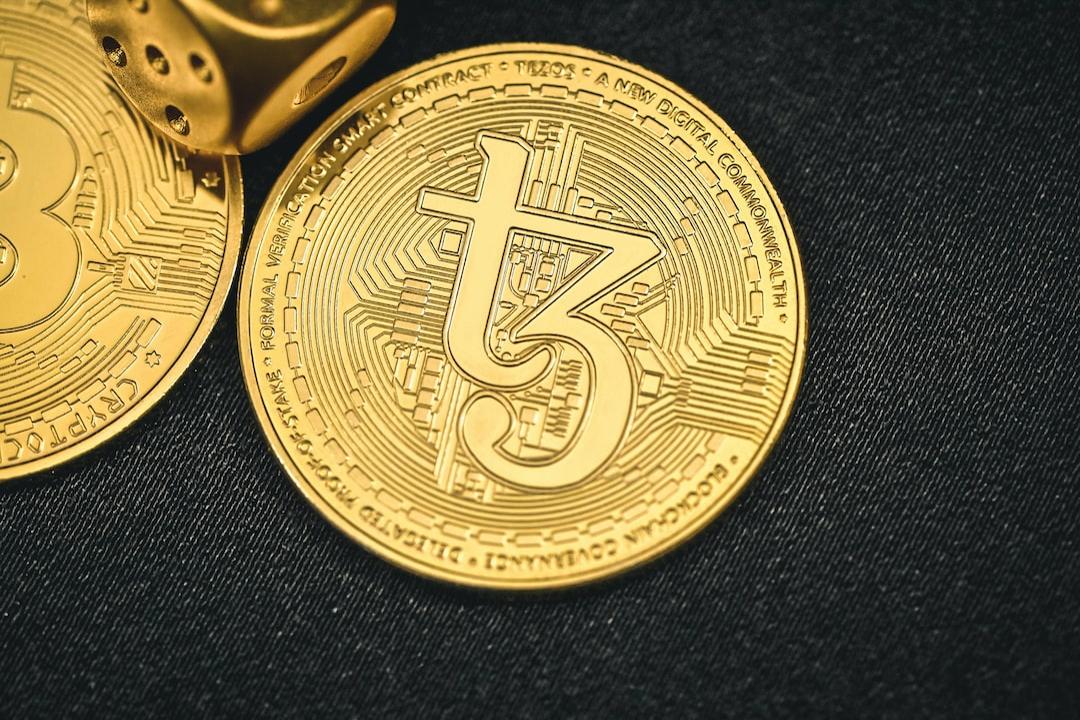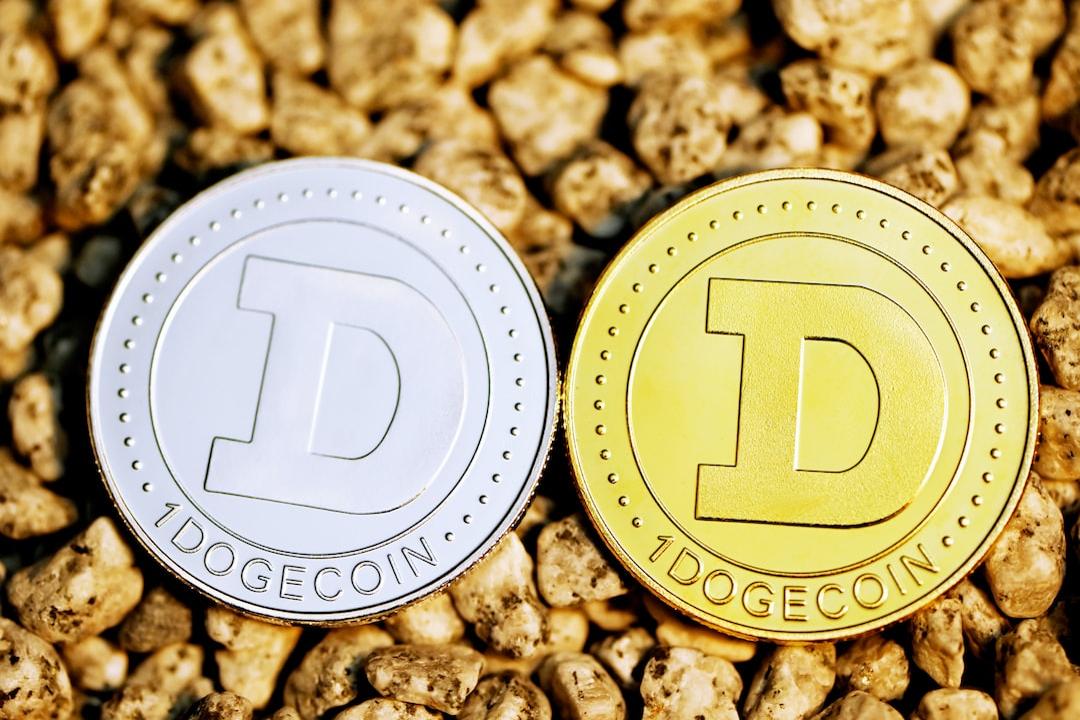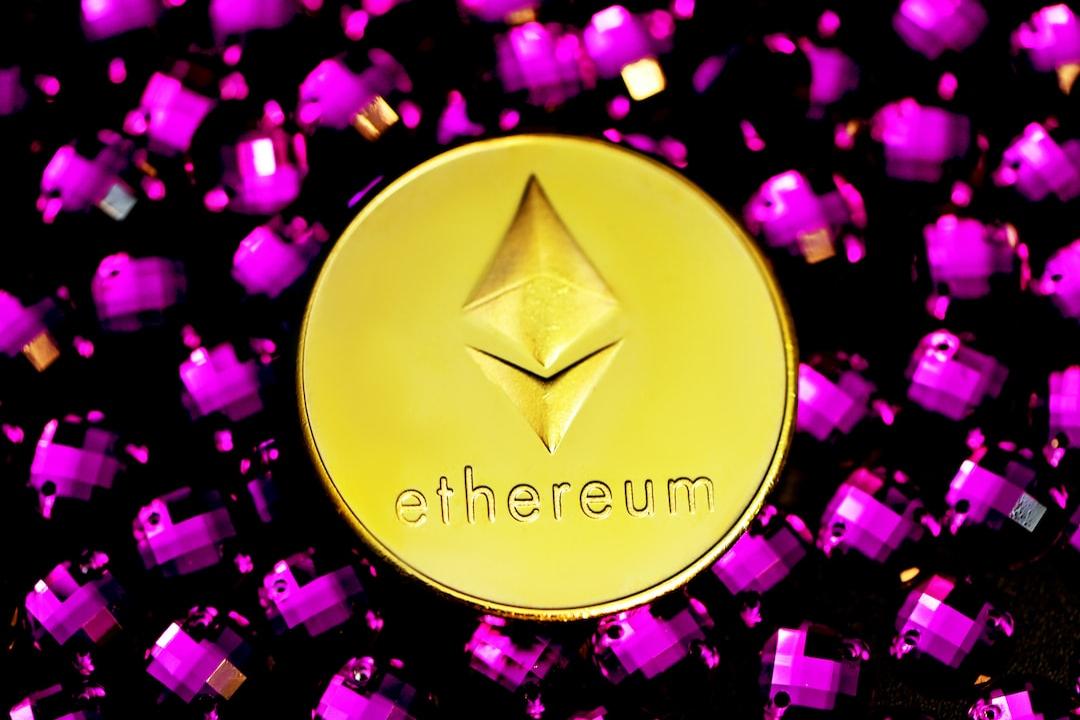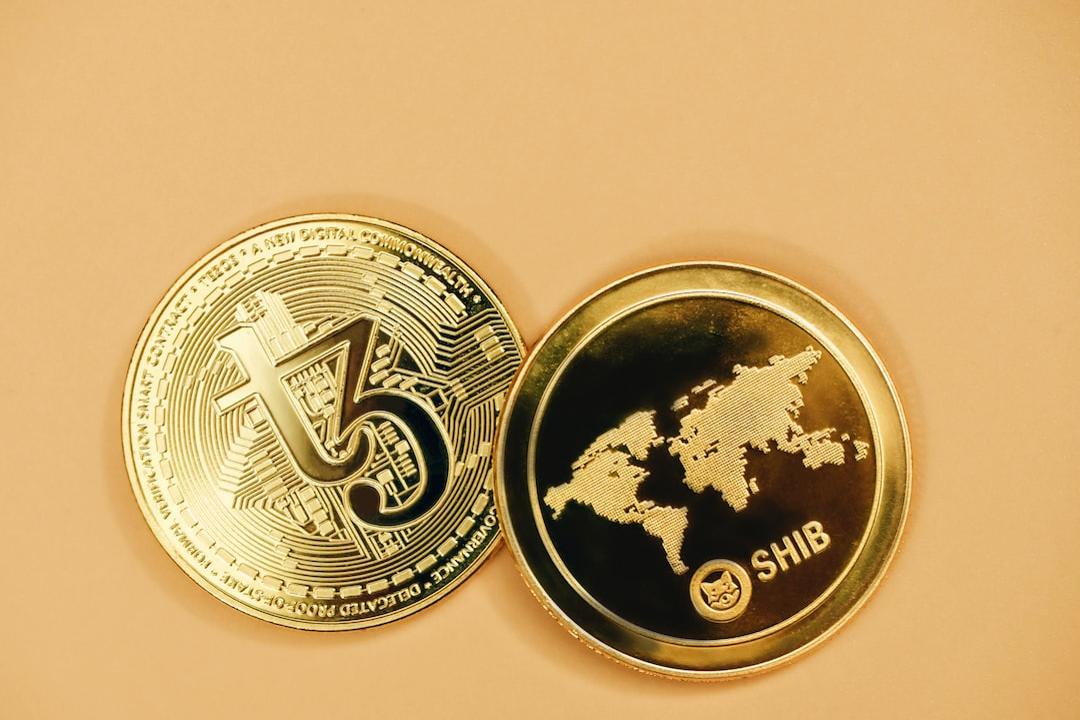Author: Duo Nine YCC; Translated by: Block unicorn
Has the Four-Year Cycle Died?
In this article, I will answer this question, explain why the past two years have changed everything, and then offer a very important suggestion. Let’s get started.
What is the Four-Year Cycle?
The four-year cycle is rooted in the fundamental principles of Bitcoin. Every four years, the inflation rate of Bitcoin is halved. The first halving event in 2012 reduced the issuance of new Bitcoins by 50%, from 50 BTC per block to 25 BTC.
This had a significant impact on the supply and demand balance of Bitcoin, particularly during the first two halving events in 2012 and 2016. At that time, Bitcoin prices soared due to supply not keeping pace with demand. Other cryptocurrencies (altcoins) also rose accordingly.
However, the impact of each new halving event on prices has been diminishing. The most recent halving in 2024 only reduced the issuance of new Bitcoins from 6.25 BTC to 3.12 BTC.

Considering that nearly 95% of Bitcoins are already in circulation (almost 20 million out of 21 million BTC), the impact of future halving events on prices is rapidly becoming negligible.
Methods that were effective a few years ago no longer apply today. You cannot “print free money” by purchasing any cryptocurrency as you could in the past.
Today, there are new factors that fundamentally influence the cryptocurrency cycle more than Bitcoin’s halving schedule.
It’s Time to Elevate Your Thinking!
Next, I will elaborate on this.
What Changed Everything in the Past Two Years?
Two significant changes in the cryptocurrency space over the past two years are:
- Introduction of Cryptocurrency ETFs (Exchange-Traded Funds)
- Altcoin inflation
At the beginning of 2024, Bitcoin was approved for its first ETF. This suddenly opened up the global market for Bitcoin. Now, anyone can add Bitcoin to their retirement portfolios, something that was not possible before.
This represents a massive influx of new capital into Bitcoin, funds that did not exist before. However, there is a problem.
As funds flowed into Bitcoin ETFs, this created buying pressure on the spot price of Bitcoin. However, this liquidity has never really flowed from Bitcoin ETFs to altcoins, as there are no altcoin ETFs except for Ethereum. The demand for the Ethereum ETF has been disappointing, totaling only $2.5 billion so far.
By early 2025, almost all ETF liquidity had flowed into Bitcoin, totaling $40 billion, as shown in the chart. It is no wonder that Ethereum has been declining against Bitcoin for years. Most altcoins have followed suit.

This is why everyone has been waiting for a “real” altcoin season in the past two years, a season that may never actually arrive. The altcoin rebound in November 2024 seems weak compared to previous cycles.
While SOL, XRP, BNB, and TRX have reached new all-time highs, these prices are not far from past highs, and most altcoins, such as Ethereum or ADA, have failed to set new all-time highs. This clearly shows that altcoins are lagging behind Bitcoin.
What is the Reason?
The dilution of altcoins.
Compared to previous cycles, the number of altcoins today is simply overwhelming (in the millions). I explored this issue in detail in a previous article. In short, the altcoin season has been hijacked by Solana and its meme coins. This has effectively drained all liquidity from altcoins.
Shortly after, when Solana was at its peak, Trump entered the stage in January 2025, breaking up the party. This also ended the game for the winners (Bitcoin).

In the first scenario, the tennis player must minimize errors to beat most opponents who make more mistakes. This is a loser’s game because winning means losing less than most others.
In the second scenario, the tennis player is among the top elite. Their game is no longer about minimizing errors but about skill and being a winner. This is a winner’s game for winners (top players).
In cryptocurrency, if you play the altcoin game, you are playing a loser’s game; to win, you need to pick altcoins that lose less than others. However, you can completely ignore this and choose to play the winner’s game by buying Bitcoin!
It’s Time to Focus on Bitcoin and Why It Will Continue to Win Regardless of the Four-Year Cycle Narrative!
As I promised at the beginning of the article, here’s my advice.
The goal is to play the winner’s game by focusing on Bitcoin. This is how you win in the long run.
This narrative is no longer valid. However, the reasons to continue purchasing Bitcoin are stronger than ever.
I cannot say the same for altcoins.
This game is becoming increasingly difficult, and over time, picking winners has turned into a loser’s game. This is completely opposite to betting on Bitcoin, which is more akin to betting on the Turkish lira to protect your wealth. We also know how that story ends.


